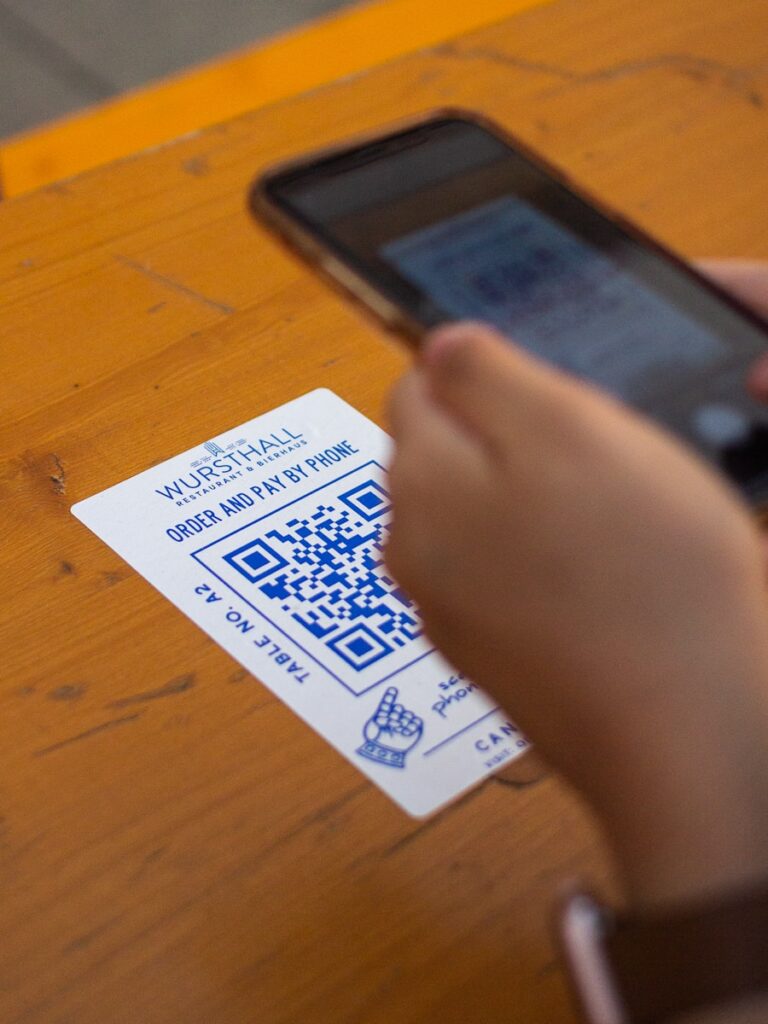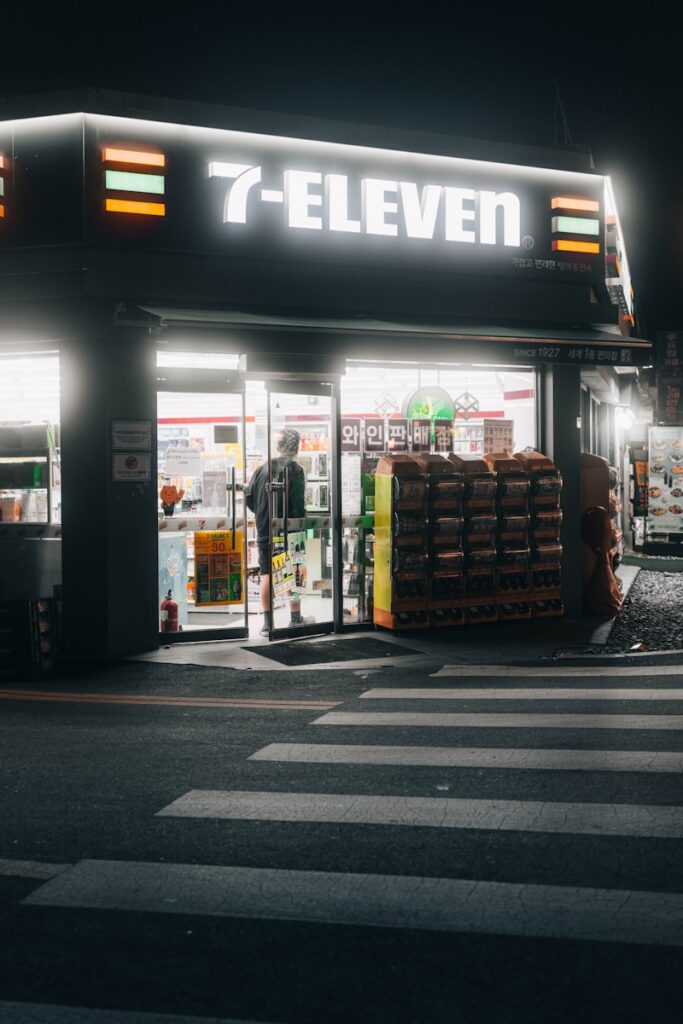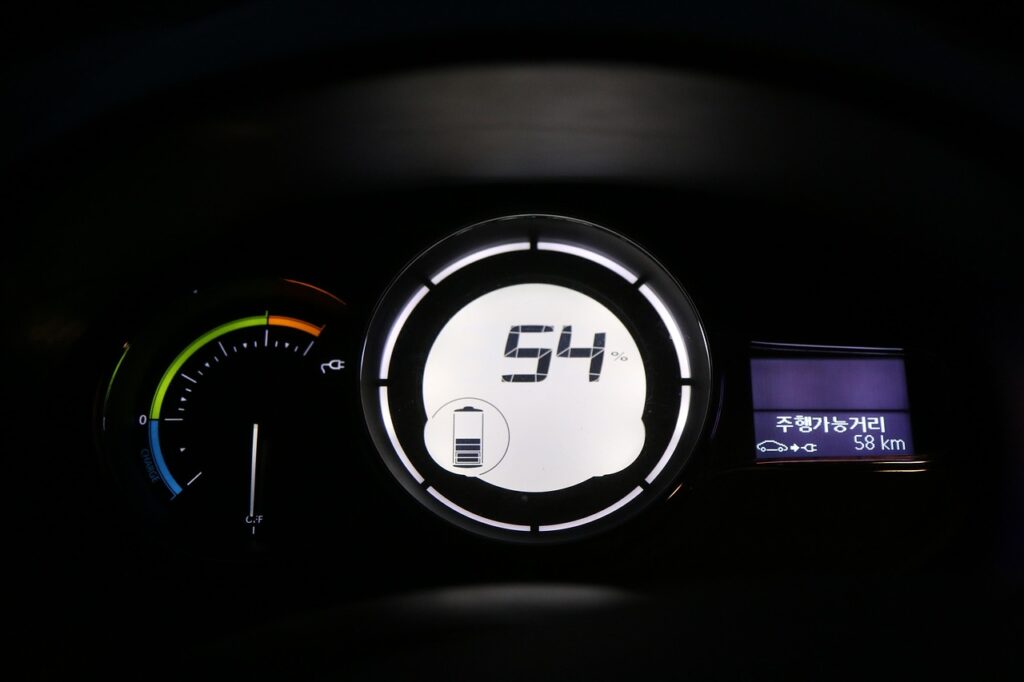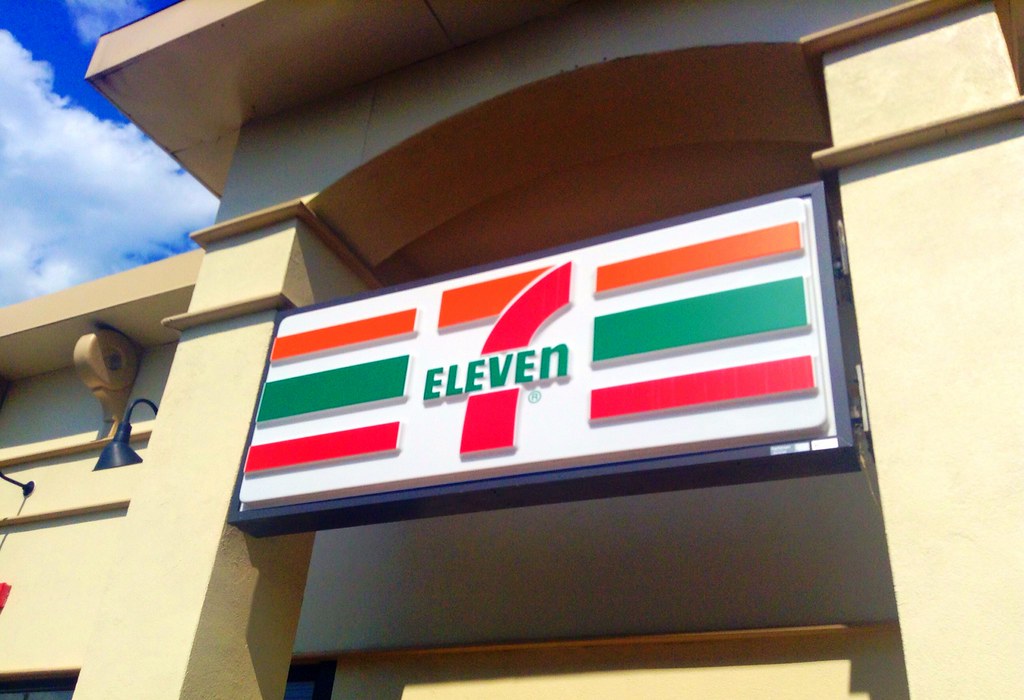
The world of retail is constantly shifting beneath our feet, driven by an insatiable hunger for speed and simplicity. In this exhilarating race to redefine convenience, one iconic name consistently steps up to the plate: 7-Eleven. With a history steeped in innovation, the global convenience giant is once again pushing the technological envelope, daring to imagine a shopping experience where lines vanish and transactions become virtually invisible. This isn’t just a vision; it’s rapidly becoming a reality, spearheaded by their groundbreaking pilot of a cashierless store that promises to transform how we grab our everyday essentials.
Imagine walking into your favorite 7-Eleven, picking up your go-to beverage and snack, and simply walking out, no scanning, no waiting, no fumbling for cash or cards. This seemingly futuristic scenario is precisely what 7-Eleven began testing on February 5, 2020, at its corporate headquarters in Irving, Texas. This 700-square-foot non-traditional store, currently accessible only to 7-Eleven employees, serves as the ultimate proving ground for what could be the next major leap in retail technology.
So, how does this magic happen? At its core, 7-Eleven’s cashierless system leverages a sophisticated proprietary mixture of algorithms and predictive technology. This intelligent system meticulously separates individual customers and their purchases from others within the store, ensuring accurate tracking of every item. The store itself is stocked with an impressive assortment of 7-Eleven’s most popular products, ranging from refreshing beverages and tasty snacks to essential groceries, over-the-counter drugs, and various non-food items, with the product mix constantly being refined to optimize the experience.
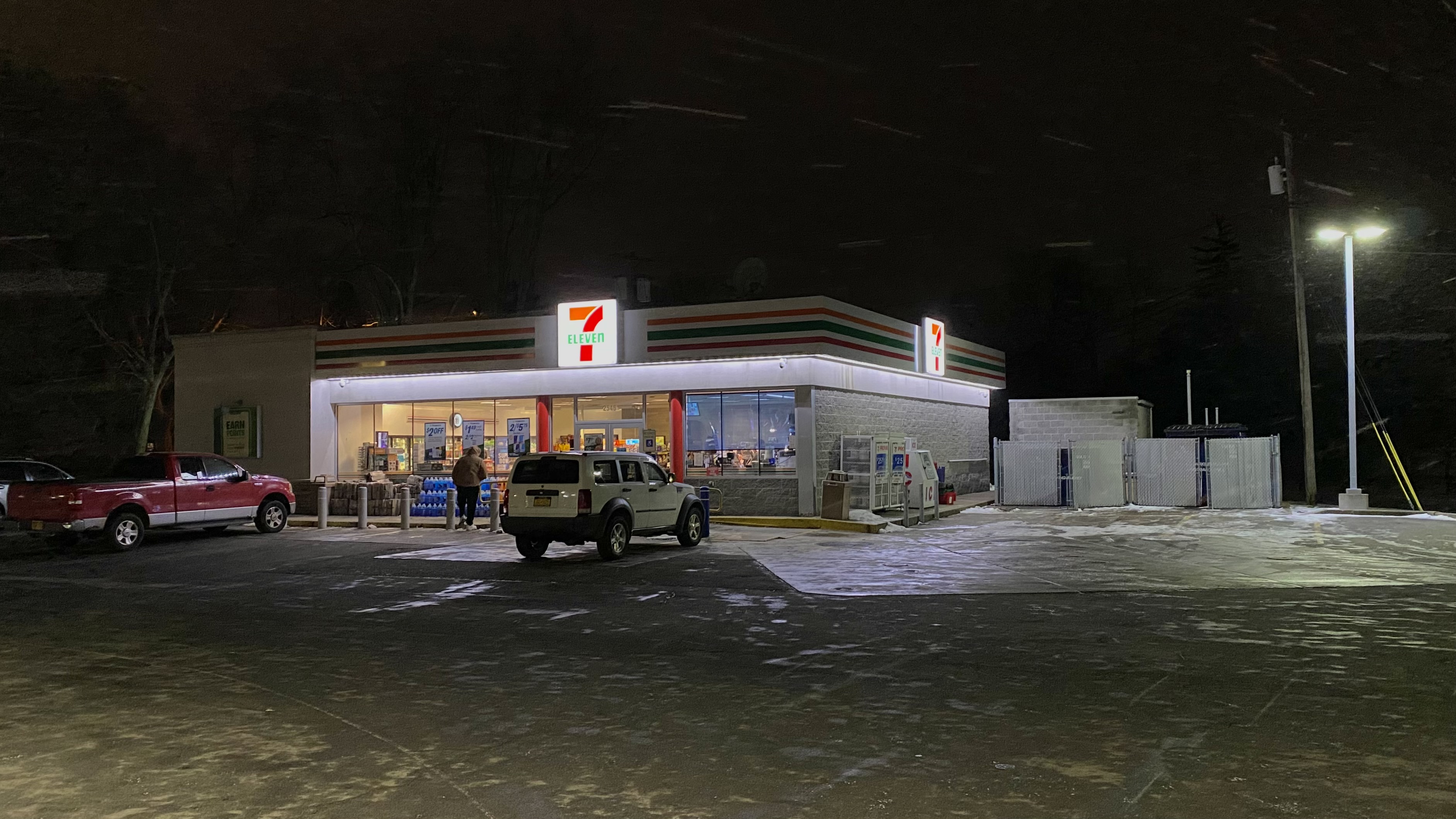
For employees keen to test this innovation, the process is delightfully straightforward and designed for maximum ease. It begins with downloading a dedicated app, signing up, and then checking in upon arrival at the store. Once inside, the freedom to shop as normal takes over; simply grab what you need. The true seamlessness comes at the end: you just exit the store, and a detailed receipt magically appears within the app automatically, eliminating any need for physical interaction or traditional payment points.
This bold move is rooted deeply in 7-Eleven’s strategic commitment to digital transformation. Joe DePinto, 7-Eleven President and CEO, articulates this drive perfectly, stating, “Retail technology is evolving at a rapid pace and customer expectations are driving the evolution.” He emphasizes that their team is “dedicated to continuing 7-Eleven’s legacy of innovation with industry-leading digital solutions,” highlighting recent successes like their “award-winning 7-Rewards loyalty platform, 7Now on-demand delivery, mobile checkout, and now our new cashierless store.”
The ultimate objective, as detailed by Mani Suri, 7-Eleven senior vice president and chief information officer, is clear: “Ultimately, our goal is to exceed consumers’ expectations for faster, easier transactions and a seamless shopping experience.” He views the employee-only pilot as crucial, explaining, “Introducing new store technology to 7-Eleven employees first has proven to be a very productive way to test and learn before launching to a wider audience.” This internal feedback loop, where employees are “honest and candid with their feedback,” allows the company to “learn and quickly make adjustments to improve the experience.”
It’s truly fascinating that this pioneering technology isn’t just off-the-shelf; it’s “in-house, custom built technology by 7-Eleven engineers,” specifically designed for “current and future customers.” Suri excitedly projects the potential impact, believing that “coupling fresh, innovative, healthy food options with a frictionless shopping experience could be a game-changer,” hinting at a future where convenience stores are not only fast but also aligned with evolving consumer health trends.
The cashierless store isn’t an isolated experiment but rather the zenith of a series of innovative concepts from the world’s largest convenience retailer. Before this grab-and-go marvel, 7-Eleven debuted its incredibly popular Mobile Checkout feature, which empowered customers to skip the line entirely and pay for their purchases using their smartphones in pilot locations. This “Scan & Pay” program initially rolled out in 14 stores across the Dallas area, demonstrating 7-Eleven’s agility in addressing direct consumer pain points.
The genius of Scan & Pay lies in its simplicity and integration. Customers simply scan merchandise with their smartphone as they navigate the store, then complete their purchase using popular digital payment options like Apple Pay, Google Pay, or traditional debit/credit cards. A quick scan of a QR code on a confirmation screen at a dedicated station finalizes the transaction, making the entire process incredibly smooth. While certain items like hot foods, financial services, and age-verified products (alcohol, tobacco, lottery tickets) still require cashier assistance, the system significantly reduces friction for the vast majority of purchases.
The success of Mobile Checkout has been phenomenal, leading to a rapid expansion. As of recent announcements, this capability is now offered in over 3,000 7-Eleven stores across 32 states and the District of Columbia, encompassing major U.S. markets from New York City to Los Angeles. The ambition doesn’t stop there, with the retailer planning to offer this service at all of its U.S. stores by the close of 2022. This widespread adoption underscores the strong consumer appetite for contactless shopping experiences, particularly amplified after the pandemic.
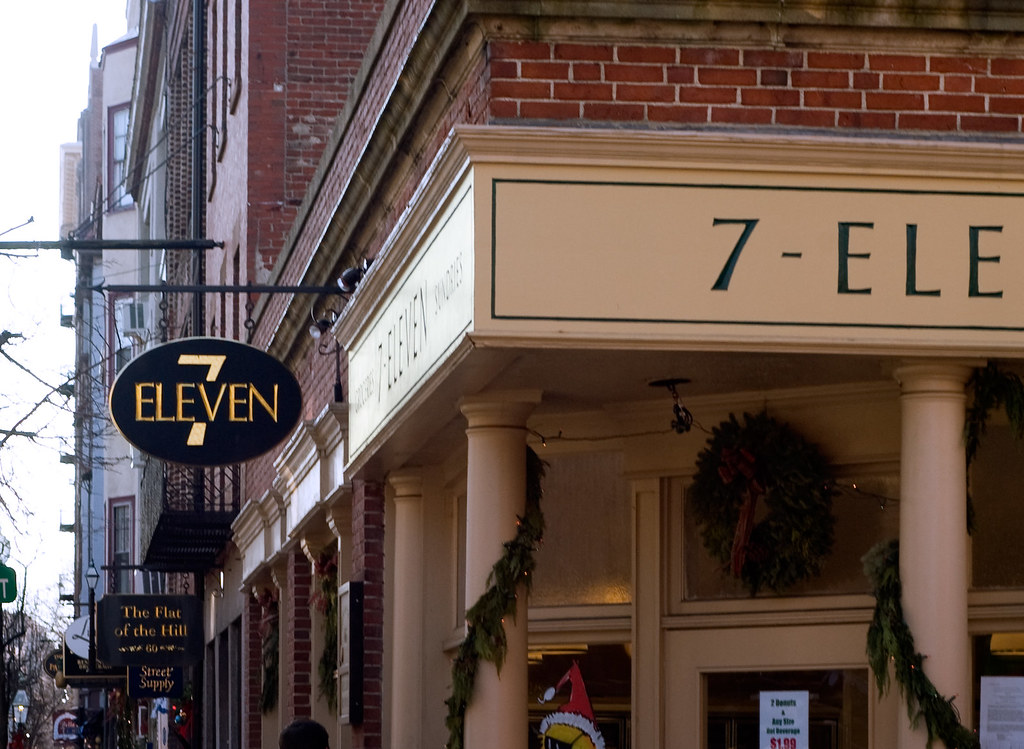
Raghu Mahadevan, digital senior vice president at 7-Eleven, captured the sentiment perfectly, noting, “After over a year of living through the pandemic, Americans have a new perception of what convenience looks like. For many, it’s a contactless shopping experience without waiting in line.” He proudly stated, “Luckily, we were already testing Mobile Checkout and had begun expanding 7NOW home delivery to hundreds of markets before lockdowns occurred. Now we are accelerating the expansion of Mobile Checkout to ensure customers can shop at 7-Eleven the way they want to shop: safe and convenient.”
Complementing these in-store innovations is the robust 7NOW delivery service, which literally takes the 7-Eleven brand directly to customers’ doors, allowing them to order and have products delivered. Furthermore, 7-Eleven is actively incentivizing adoption, offering a generous ten times the rewards points for every purchase made using Mobile Checkout for a limited time, seamlessly integrating the convenience with their wildly popular 7Rewards loyalty program, which boasts over 50 million members. This holistic approach ensures every digital touchpoint is optimized for the customer.
The driving force behind 7-Eleven’s intense focus on frictionless checkout is a pervasive consumer pain point: waiting in line. Gurmeet Singh, 7-Eleven’s chief information officer and chief product officer, starkly highlighted this, stating, “Americans spend 37 million hours waiting in lines, with a significant amount of that being in checkout lines.” He challenged his team to “disrupt this” and “enable our customers to skip the line, every time,” emphasizing the company’s new mindset: “We continue to think like a software company, digitally enabling our stores, to redefine convenience once again.”
Even with such advanced technology, Singh candidly acknowledged that “adoption is key to a new shopping experience like Scan & Pay,” admitting that “customers require assistance the first time they utilize the new mobile checkout feature.” Valuable feedback from their headquarters test also revealed that customers wanted to earn and redeem 7Rewards points seamlessly while using Scan & Pay, a feature that was promptly integrated. The goal for the future is to make the “first-time user experience” even smoother, letting customers “taste the benefit of skipping the line without having to go through some of the onboarding steps.”

This surge in 7-Eleven’s tech initiatives comes amidst a rapidly heating competitive landscape in unattended retail. Amazon Go, which first announced its cashier-free shops in 2016 and truly showed retailers what was possible with its 2018 rollout, has been the prominent player, gaining significant attention for its “Just Walk Out” technology. Now, Amazon Go has some serious competition, with 7-Eleven leading the charge among established convenience retailers.
Indeed, the market for checkout-free retail is attracting a flurry of innovation. Beyond Amazon and 7-Eleven, major players like Walmart and Walmart-owned Sam’s Club, along with supermarket chain Giant Eagle, have launched their own trial programs of seamless checkout. Furthermore, a new wave of tech companies, including Zippin, Trigo, Standard Cognition, AiFi, and Grabango, are raising millions in funding to build and scale checkout-free technology for existing retailers, indicating a clear, accelerating trend across the industry.
However, the path to a fully cashierless future isn’t without its speed bumps. A significant challenge has emerged in the form of legislation banning cashless stores, with locales like Philadelphia, New Jersey, San Francisco, and most recently, New York City, passing such laws. As Lee Peterson, EVP Thought Leadership, Marketing, WD Partners, wisely pointed out, “Didn’t NYC just pass legislation that stores have to take cash? You can expect more of that in urban settings.” This legislative push questions the “viability of such retail models” in certain areas, forcing even Amazon to adapt, with its New York Amazon Go locations now accepting cash.
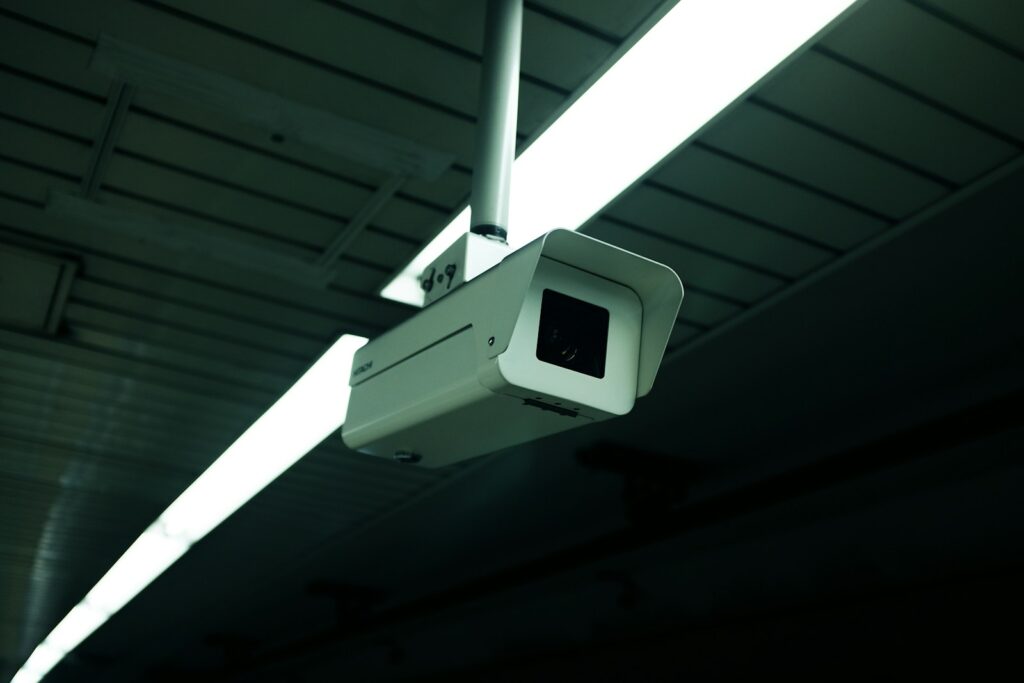
Another layer of complexity surrounds the human element. Concerns have been raised regarding potential privacy violations due to the surveillance cameras and sensors used in cashier-free shops, which monitor purchases. Moreover, the concept has often been deemed an “eliminator of cashier jobs,” sparking public debate. Amazon addressed this by explaining that staff would simply be reorganized, suggesting a shift in roles rather than outright elimination, but the perception remains a significant hurdle for public acceptance.
Despite these challenges, many industry experts are optimistic about the future of cashierless retail. Harley Feldman, co-founder and CMO of Seeonic, Inc., firmly believes, “Cashierless stores will be part of the retail landscape in the future for two reasons—cost of labor and convenience.” He anticipates the highest demand for everyday items in dense urban areas, with an increase in prepared food items. Yet, Brandon Rael, Director at Alvarez & Marsal, offers a cautious note, acknowledging the “significant potential” but emphasizing that these technologies “are still relatively in their infancy stages and require a significant upfront investment.”
Rael’s crucial point revolves around the need for tangible benefits. He argues, “There ultimately has to be a financial benefit to this innovation lab before scaling this model out beyond its headquarters,” urging 7-Eleven to “qualify and quantify the success measures at this innovation testing ground.” This means assessing whether these pilot programs genuinely lead to “incremental cost savings, gained efficiencies, increased conversion and increased margins.” The “cool factor” of waving an app and walking out is undeniable, but the business case must be solid.
Zel Bianco, president, founder and CEO of Interactive Edge, lauded 7-Eleven CEO Joe DePinto’s decision to tackle this frontier “sooner than other retailers.” She hoped they “went to school on what worked and didn’t work at Amazon Go so they avoid mistakes and improve the experience.” However, Bianco also voiced a common concern: “I worry that the human contact that most of us expect when walking into a store will be missed, especially in rural and suburban areas where it may be one of the few places to have interaction with neighbors. So in other words, it’s a little spooky!” This highlights the social aspect of convenience stores.
Bethany Allee, Executive Vice President of Marketing, Cybera, passionately asserts the transformative power of digital investment, stating, “The c-store channel is near and dear to my heart. It is also antiquated. A commitment to digital technologies is a competitive difference that is currently causing massive disruption in the channel.” She believes 7-Eleven, as “the leading innovators in the space,” possesses “the respect and credibility needed to make things happen in this extremely tight knit community,” positioning their digital initiatives as a clear competitive advantage.
Ken Cassar, Vice President, Research, Shoptalk, views 7-Eleven’s move as undeniably “smart.” He acknowledges that initial profits won’t cover tech development costs but highlights the invaluable opportunity to “hone important AI/machine learning/computer vision skills, observe consumer response, and create an informed strategy for what’s next.” Cassar echoes the sentiment that “cashierless checkout is the future in the convenience sector,” reinforcing the strategic long-term vision behind these investments.
Not all experts are entirely convinced of an overwhelming consumer demand for cashierless convenience stores. Dave Bruno, Director, Retail Market Insights, Aptos, provocatively asks, “Honestly, I am not convinced that consumers are clamoring for cashierless convenience stores. I have not heard much of an outcry about long wait times for morning coffee and donuts.” He questions whether the “detailed basket and shopping behavior analytics justify the big costs” for the retailer, implying that the benefits to the shopper beyond reduced wait times might be limited in this specific context.
Conversely, Gib Bassett, Customer Success Director, Salesforce, unequivocally deems the cashierless concept “brilliant” when considering “a typical convenience store shopping mission,” which he describes as “last minute, unplanned, and on the go.” For Bassett, “Convenience is defined as ‘the state of being able to proceed with something with little effort or difficulty.'” He firmly believes that “removing as much friction and speeding the buying process is arguably imperative” in an intensifying competitive landscape. The data collection for understanding consumer behavior, while valuable, takes a backseat to meeting the high-value “unmet customer need” for speed.
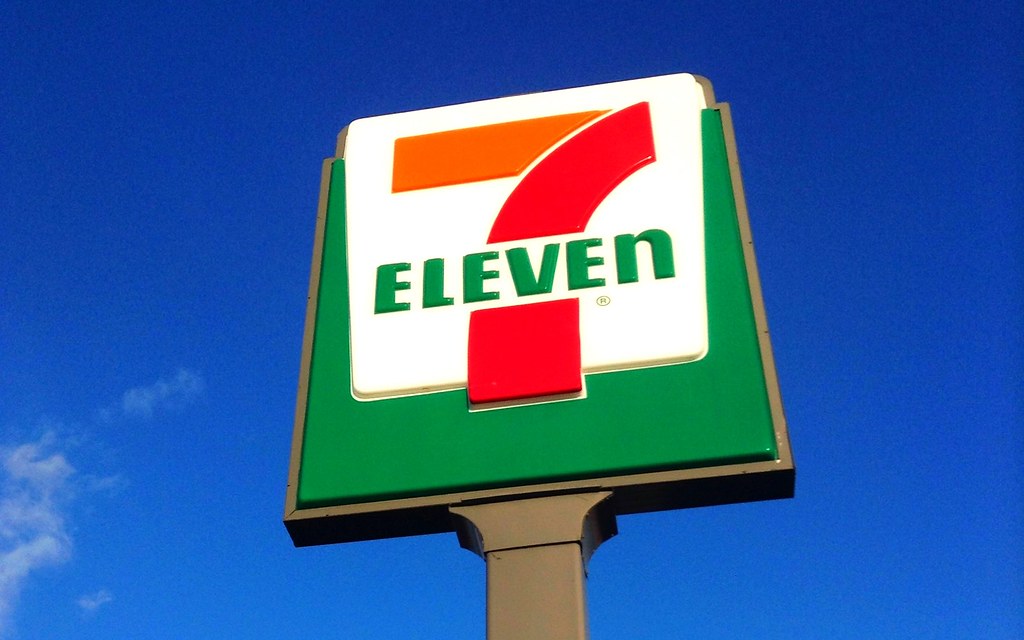
The broader industry trends certainly support 7-Eleven’s direction. According to CB Insights’ 2020 State of Retail Tech report, the use of AI technology in brick-and-mortar retail is projected to “continue surging in 2020,” propelling the cashierless checkout trend forward. Retailers’ spending on in-store tech reached a staggering $3.7 billion annually in 2019, a dramatic increase from $1.2 billion annually in 2015, indicating a robust and accelerating investment in this space.
The growth isn’t just within large retailers; the startups building checkout-free technology for existing retailers are thriving, with AiFi, Zippin, and Grabango all securing millions in funding in 2019 to scale their operations. Andrew Radlow, Grabango’s chief business officer, reports a strong increase in retail client demand, with positive feedback from their pilot at Giant Eagle. Interestingly, Radlow highlights that Grabango’s technology is “cashier inclusive,” meaning store employees still play crucial roles, such as checking IDs for alcohol purchases, collecting cash, and interacting with shoppers, addressing some of the “job elimination” concerns.
Beyond cashierless and scan-and-pay, 7-Eleven’s digital innovations extend to a comprehensive ecosystem designed for the modern consumer. This includes Amazon Locker accessibility within stores, Amazon Cash, and a bot on Facebook Messenger, all aimed at enhancing the overall customer experience. Their foray into augmented reality, artificial intelligence, and even drone delivery services further underscores a relentless pursuit of innovation to “reduce friction in the shopping experience across its 67,000-store global footprint,” which includes 9,100 stores in the United States.
The success of seamless checkout isn’t limited to convenience stores; it’s a broader retail phenomenon. The gradual but consistent rise of Starbucks’ Mobile Order & Pay program, launched in 2015, provides a compelling parallel. While the company keeps specific pickup-only location performance under wraps, mobile orders now constitute approximately 17% of transactions in the U.S., with over 20% of transactions during peak hours coming via mobile order in about 5,400 stores. This proves that consumers are readily adopting frictionless payment and pickup methods, validating 7-Eleven’s strategic direction.
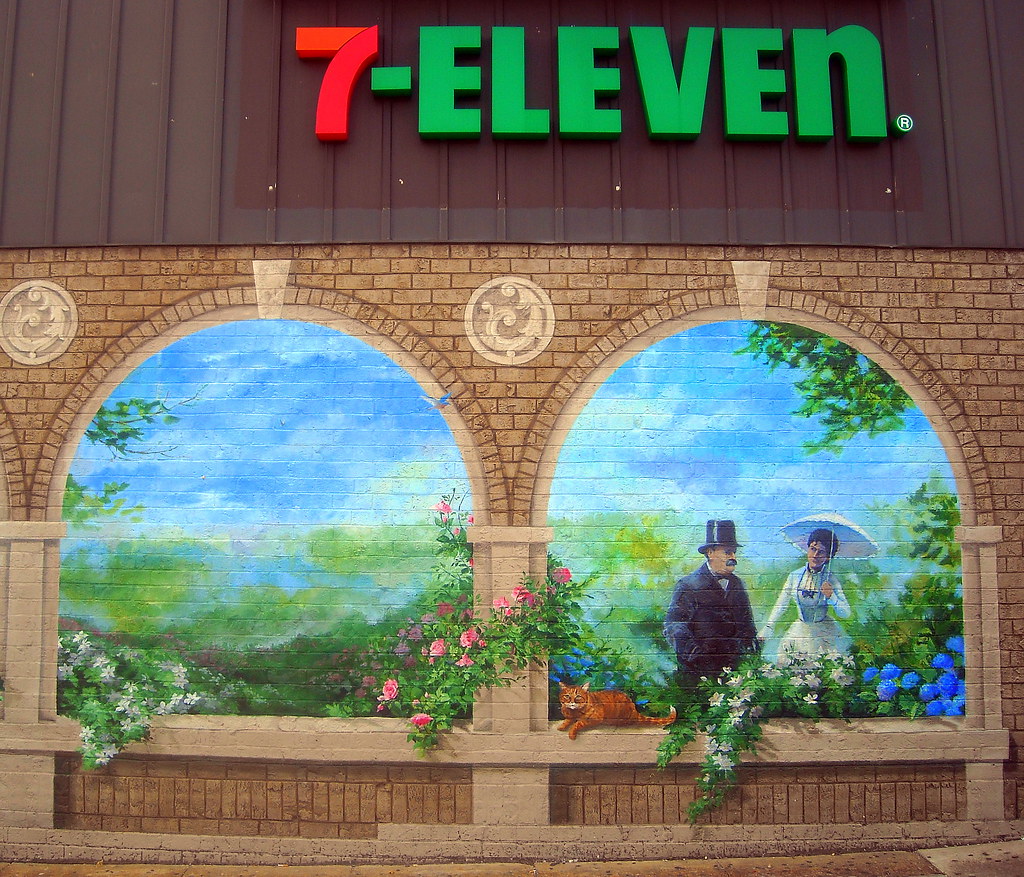
And so, as we stand on the precipice of a new era for quick commerce, 7-Eleven isn’t just participating; it’s actively sculpting the landscape. From the quiet hum of algorithms distinguishing your purchases at their corporate headquarters to the gratifying beep of a scanned QR code on your phone, every technological leap is a testament to their unwavering commitment to the customer. This isn’t merely about convenience; it’s about unlocking precious moments in our increasingly time-scarce lives, about transforming the mundane into something magical and effortless. The journey is still unfolding, fraught with fascinating challenges and boundless opportunities, but one thing is abundantly clear: 7-Eleven’s relentless pursuit of a future where convenience truly means “no effort, no difficulty” is a vibrant, exhilarating force, propelling us all toward a retail experience that’s faster, smarter, and infinitely more delightful. The era of just walking out, snacks in hand, is not merely on the horizon—it’s already knocking at our door, courtesy of the iconic innovators at 7-Eleven.

